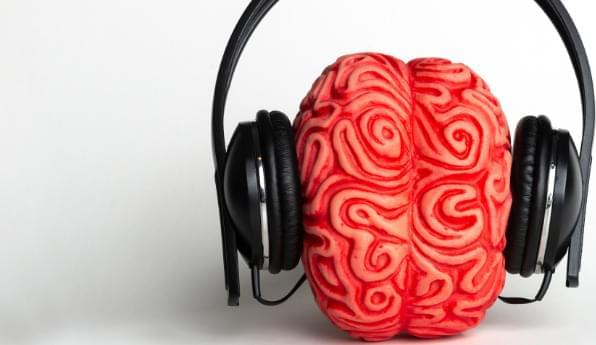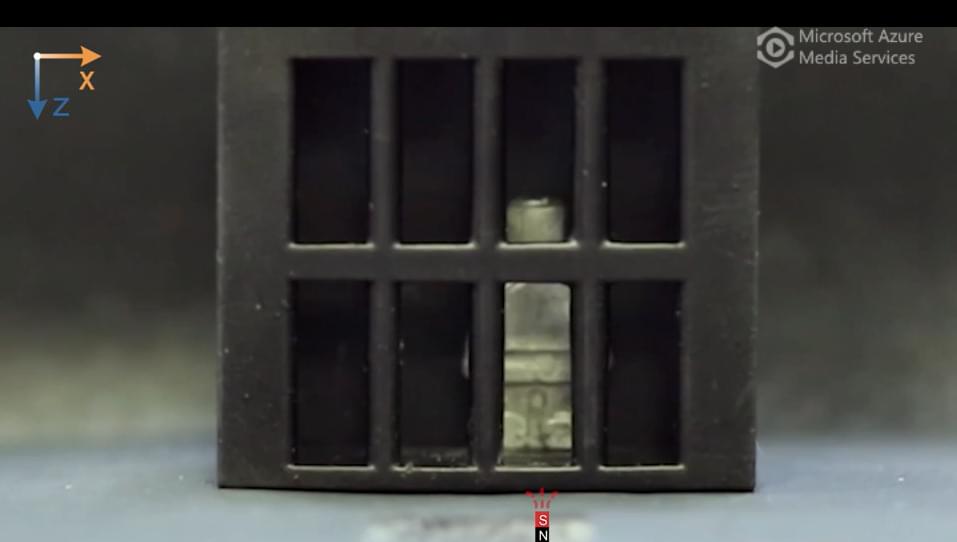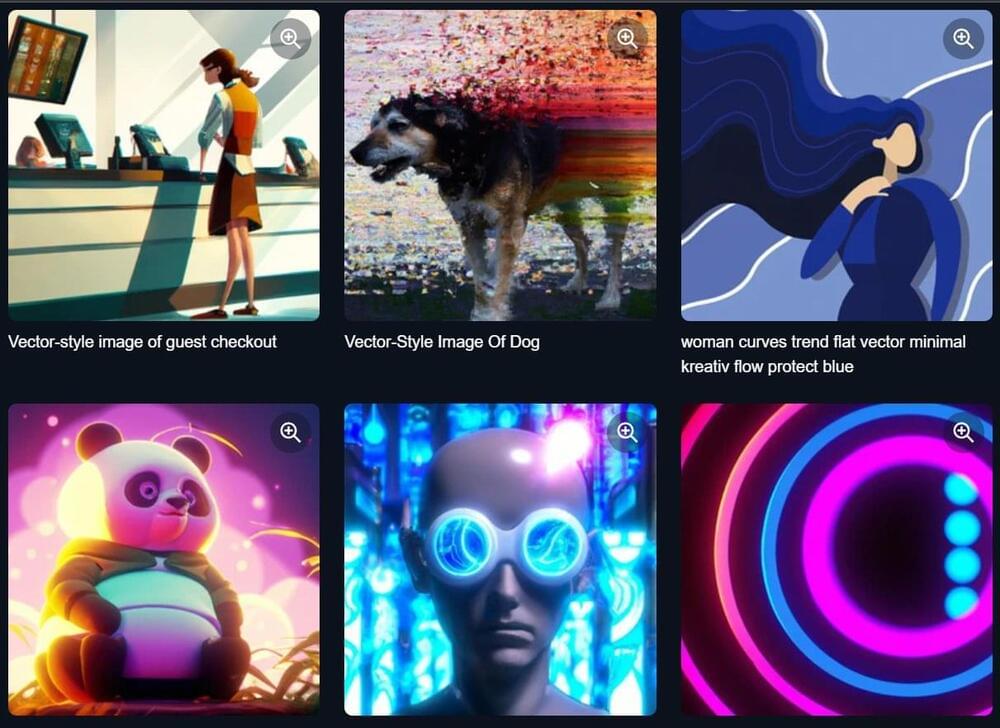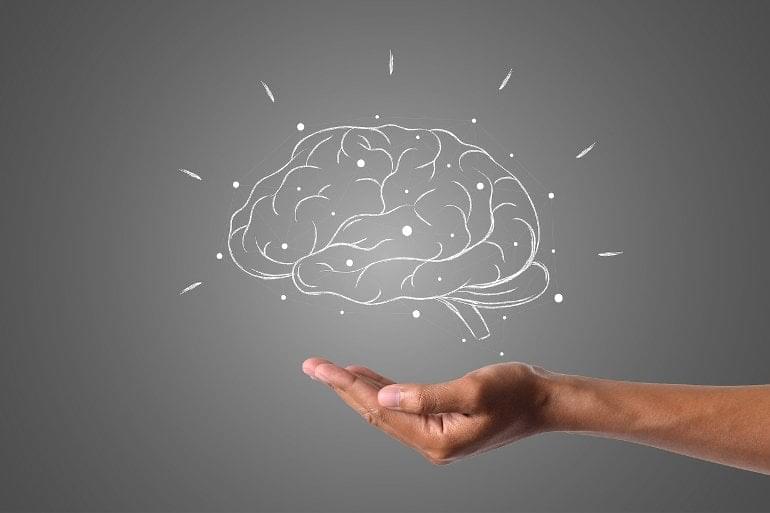Drs Emmeline Edwards and Wen Chen discuss music-based interventions, their impacts, techniques used to understand them and more!



YouTube announced today that it’s partnering with Arizona State University and educational video company Crash Course to launch a new program that enables students to earn college credit. The Google-owned company says the new program, called College Foundations, is designed to create an affordable and accessible way to earn college credit.
Starting today, students can sign up for four courses that start on March 7, 2023, and are eligible for transfer credit. The program does not require applications or a minimum GPA for enrollment. It includes common first-year college courses, including Intro to Human Communication, Rhetoric and Composition, Real World College Math and US History to 1865.
The program is expected to expand to 12 available courses by January 2025 to give students a chance to receive credit for an entire first year of college. There is a $25 fee if a student elects to sign up and begin coursework, and a $400 fee to receive college credit for each course. Those who sign up before March 7 will receive a $50 discount. Courses can be taken as often as needed until the student is content with their grade. The credit can then be used at institutions that accept credits from Arizona State University.

You cannot heal as long as you carry a grudge, judgmental thoughts about things that happened in your life that you cannot forgive, or deep feelings of guilt and shame. – Dr. Henning Saupe.
Dr. Henning Saupe, founder of the Arcadia Clinic in Bad Emstal Germany, has spent the last 25 years treating cancer patients with holistic, naturopathic, and integrative therapies.
Dr. Saupe is an expert in insulin potentiation therapy, hyperthermia, botanical and low-dose chemo infusions, PEMF therapy, oxygen and ozone therapies, detox and orthomolecular medicine, meditation, yoga, and psycho-oncology.

With so much death all around us, from the pandemic to the war in Ukraine to all the mass shootings, you might wonder what it all means. Queen Elizabeth gone. Betty White gone. And perhaps even a loved one of yours gone. They no longer exist, right? They are just memories, at least from a rational scientific perspective. But what if you’re wrong?
Dr. Caroline Soames-Watkins also believed that the world around her existed as a hard, cold reality ticking away like a clock. Death was a foregone conclusion—until she learned different. Caro, the protagonist of my new novel co-written with award-winning sci-fi author Nancy Kress, also thought she had the world figured out. Not her personal world, which has been upended by controversy, but how the physical world works and how her consciousness operates within it. Broke and without a job, she accepts a job offer from her great-uncle, a Nobel Prize-winning scientist who runs a research facility studying the space between biology and consciousness—between the self and what we assume is reality. They are on the verge of a humanity-altering discovery, which throws Caro into danger—love, loss, and death—that she could never have imagined possible.
Observer takes Caro on a mind-expanding journey to the very edge of science, challenging her to think about life and the power of the imagination in startling new ways. The ideas behind Observer are based on real science, starting with the famous two-slit experiments, in which the presence of an observer affects the path taken by a sub-atomic particle, and moves step-by-step into cutting-edge science about quantum entanglement, on-going experiments applying quantum-level physics to the macro-world, the multiverse, and the nature of time and consciousness itself.

Inspired by sea cucumbers, engineers have designed miniature robots that rapidly and reversibly shift between liquid and solid states. On top of being able to shape-shift, the robots are magnetic and can conduct electricity. The researchers put the robots through an obstacle course of mobility and shape-morphing tests in a study publishing January 25 in the journal Matter.
Where traditional robots are hard-bodied and stiff, “soft” robots have the opposite problem; they are flexible but weak, and their movements are difficult to control. “Giving robots the ability to switch between liquid and solid states endows them with more functionality,” says Chengfeng Pan (@ChengfengPan), an engineer at The Chinese University of Hong Kong who led the study.
The team created the new phase-shifting material—dubbed a “magnetoactive solid-liquid phase transitional machine”—by embedding magnetic particles in gallium, a metal with a very low melting point (29.8 °C).

Shutterstock is cooperating with OpenAI. Now the stock database is releasing a platform for the AI generation of images.
In October, Shutterstock and OpenAI partnered to integrate DALL-E 2 into the company’s creative tools. Today, Shutterstock released the AI image generation platform. It is available to all users and the images generated can be used under license.
According to Shutterstock, the tool was developed with an “ethical approach and uses a library of assets that authentically represent the world we live in. Shutterstock also recognizes the artists’ contributions to the generative content by paying royalties for the intellectual property used to develop the models and for the ongoing licensing of the content.”


Summary: Researchers have successfully created a synthetic version of a small molecule found in a recently discovered sea sponge that appears to have therapeutic benefits for Parkinson’s disease.
Source: UCLA
Organic chemists at UCLA have created the first synthetic version of a molecule recently discovered in a sea sponge that may have therapeutic benefits for Parkinson’s disease and similar disorders. The molecule, known as lissodendoric acid A, appears to counteract other molecules that can damage DNA, RNA and proteins and even destroy whole cells.
José Cordeiro, PhD, talking about his international bestseller “The Death of Death” during the coming DLD Tel Aviv Innovation Festival in Israel. Top news at i24 news discussing about aging as the “mother” of all chronic diseases!
José Cordeiro is an international fellow of the World Academy of Art and Science, vicechair of HumanityPlus, director of The Millennium Project, founding faculty at Singularity University in NASA Research Park, Silicon Valley, and former director of the Club of Rome (Venezuela Chapter), the World Transhumanist Association and the Extropy Institute.
Has also been invited faculty at the Institute of Developing Economies IDE – JETRO in Tokyo, Japan, the Moscow Institute of Physics and Technology (MIPT) and the Higher School of Economics (HSE) in Russia.
Founder in #TransVision Madrid 2021: engineer, economist, futurist, visionary, transhumanist, singularitarian, immortalist. MIT engineer working to transcend biology and travel to Mars and beyond.
José studied engineering at the Massachusetts Institute of Technology (MIT) in Cambridge, MA, economics at Georgetown University in Washington, DC, management at INSEAD in Fontainebleau, France, and science at Universidad Simon Bolivar in Caracas, Venezuela.
He is a leading expert on technological change, future trends and economic forecasting. He has published more than 10 books in 5 languages, including his current bestseller “La muerte de la muerte” in Spanish, Portuguese, French, Russian, Chinese and Turkish.